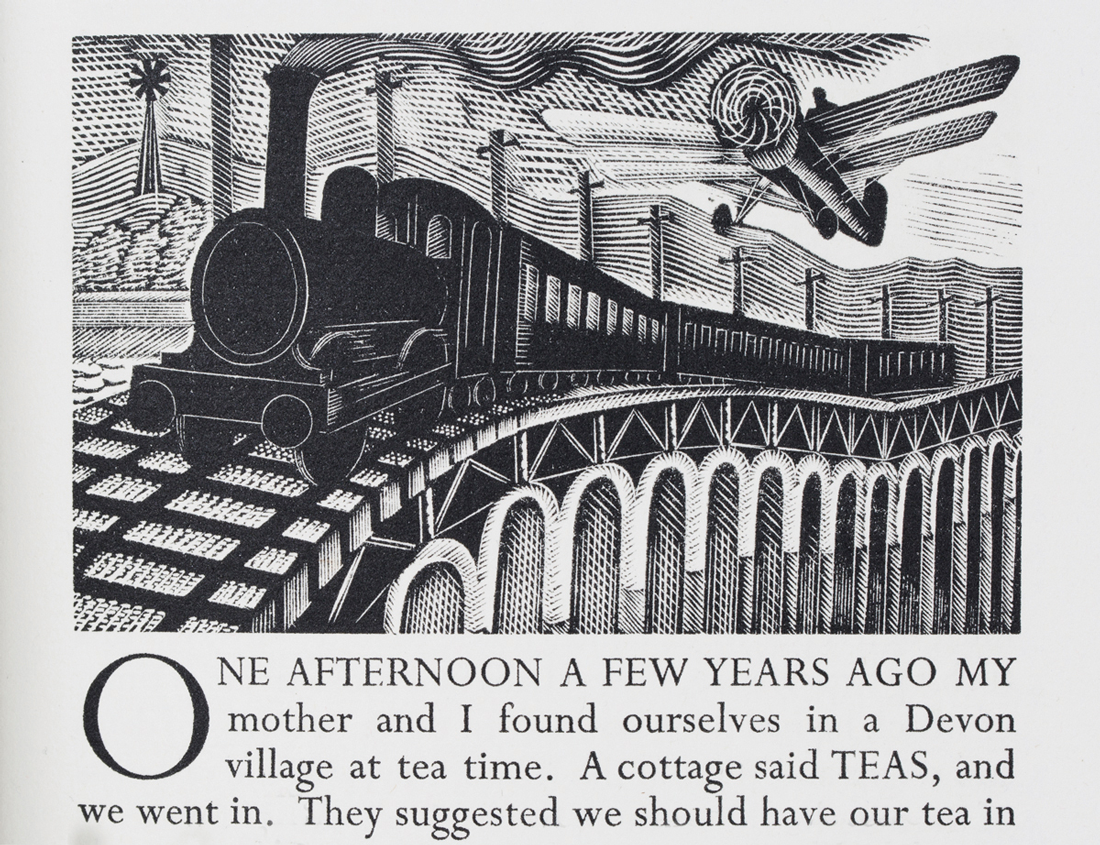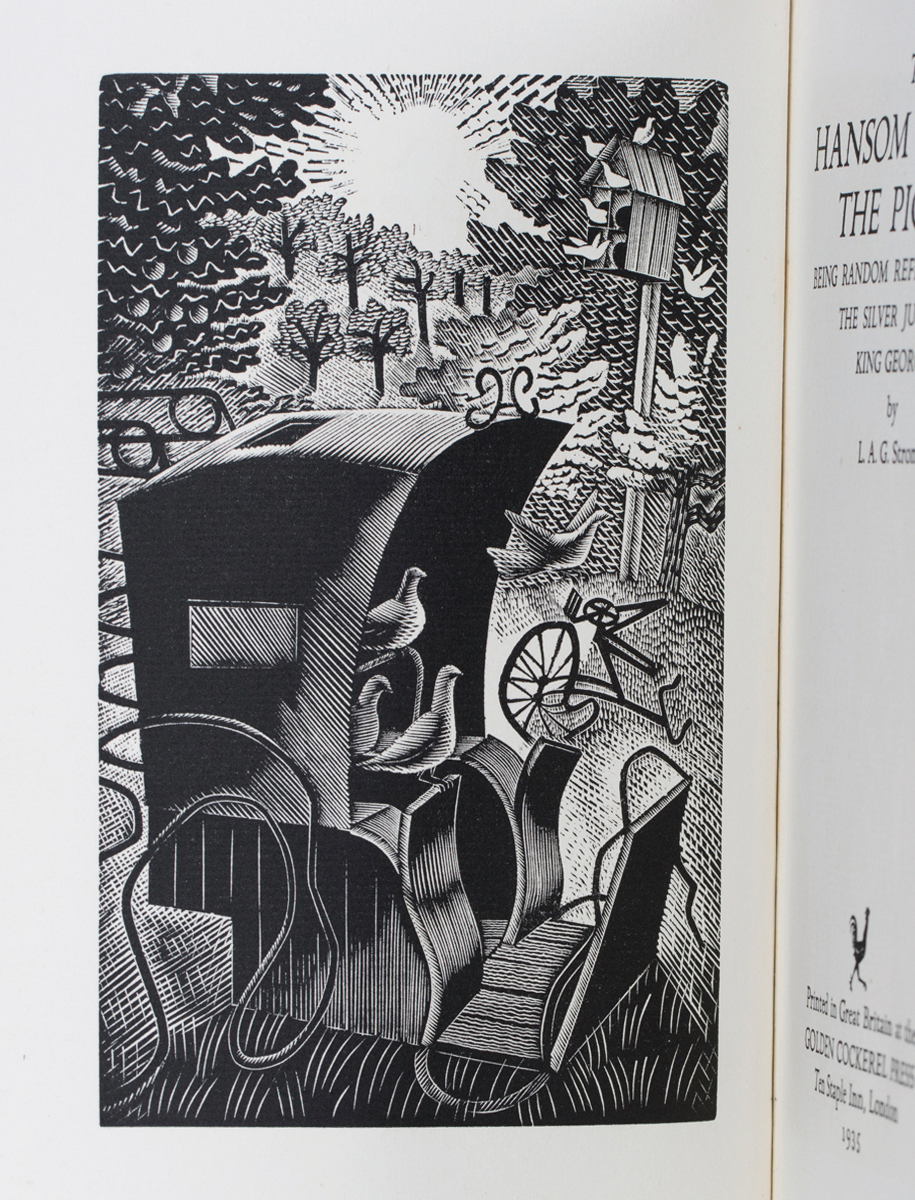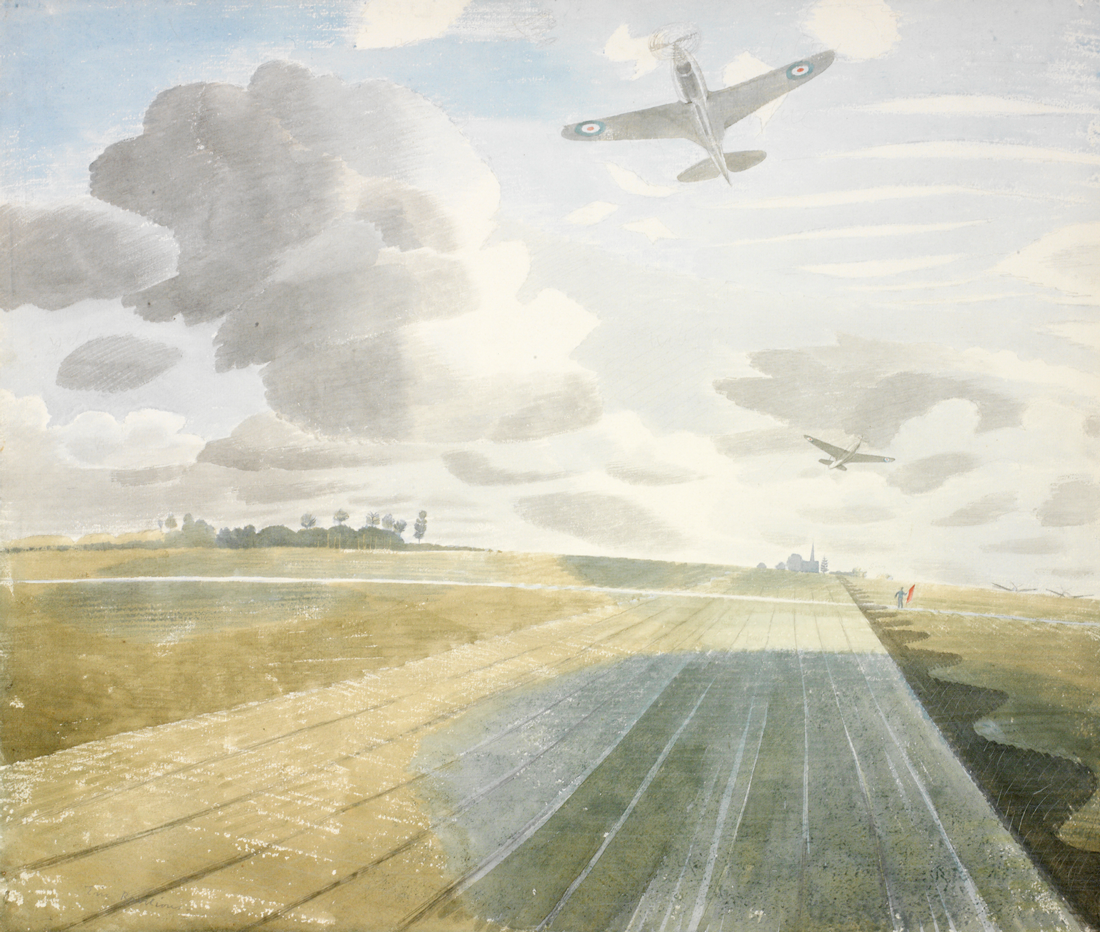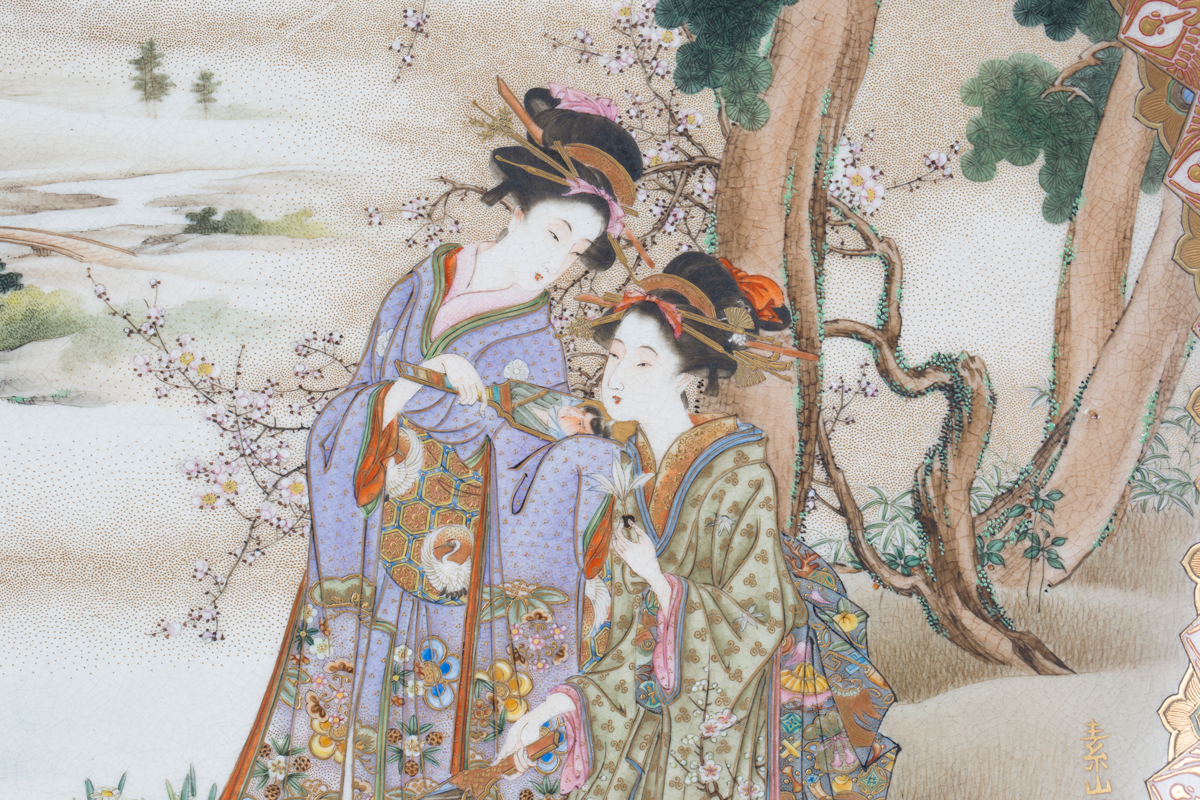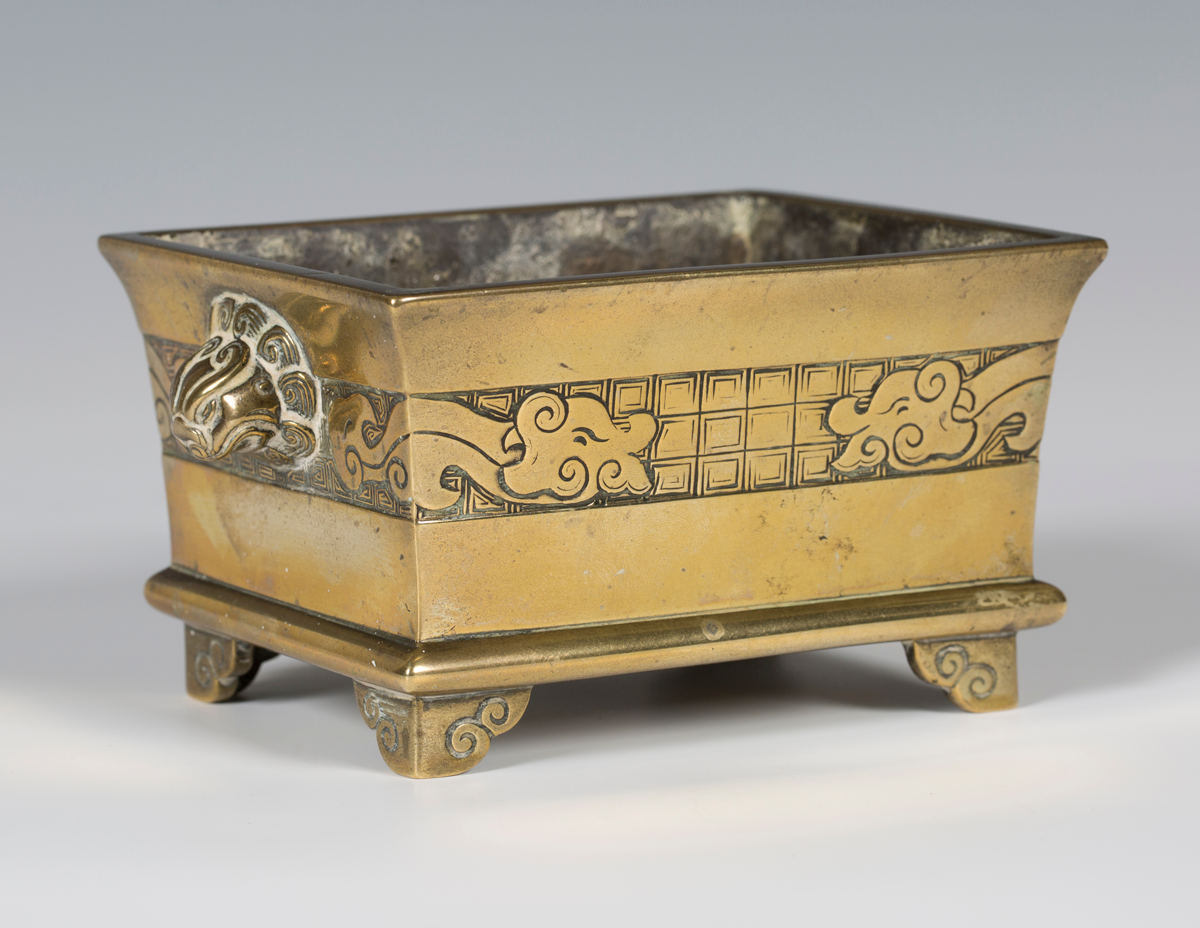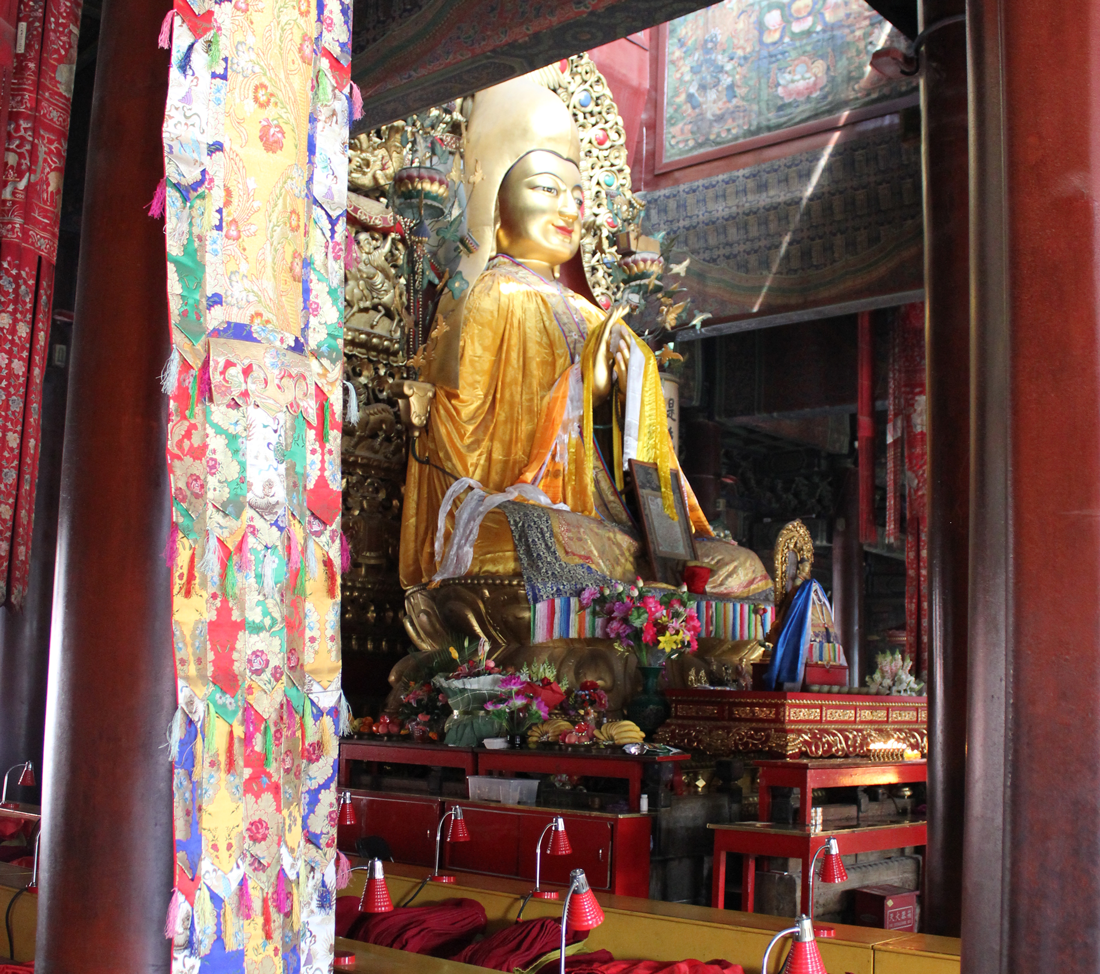
This week we are returning to Kettle’s Yard which holds one of the most important collections of 20th century art in the country in its beautiful interiors, the better for being in the context of a home. It has always been open to students and visitors.
Jim Ede, its creator, was a remarkable man who promoted many leading British and Continental artists in the 20th century. In 1954 whilst living abroad he dreamed of creating a living place where works of art could inspire and bring joy in a domestic, relational setting. The generous discipline of his rhythm of life would result in a sequence of rooms and spaces which form a series of 360 ̊ processional compositions.
Jim Ede would write ‘Kettle’s Yard is in no way meant to be an art gallery or a museum, nor is it simply a collection of works of art reflecting my taste, or the taste of a given period. It is, rather, a continuing way of life from these last fifty years, in which stray objects, stones, glass, pictures, sculpture, in light and in space, have been used to make manifest the underlying stability which more and more we need to recognise if we are not to be swamped by all that is so rapidly opening up to us.’
Ede acknowledged the importance of Ben Nicholson in shaping his taste in the 1920s.

Jim Ede’s bedroom is perhaps the most personal room in the house. The room reflects the life, interests and relationships of this gifted connoisseur and critic. His intuitive placing of objects is reflective and disciplined which blesses the viewer with a sense of stillness, of being gathered, whilst exciting the eye and our imaginations. It is a space for lively questioning minds and open hearts.
Above the head of his bed hang two Alfred Wallis paintings ‘Five Ships (Mount’s Bay)’ and ‘Houses at the water’s edge (Portleven)’. Jim Ede delighted in Wallis’ directness and simplicity of language born out of a lack of formal training. Wallis, a fisherman, painted on scraps of wood and card with unevenly applied boat paint giving expression to his memories of the scene. His distorted perspective gives the viewer a sense of being amongst the boats. These qualities and his restrained palette lend his work an extraordinary immediacy. On a ledge beside his bed is an early Henry Moore Head carved from Shakespeare’s Head Cliff chalk. Jim Ede would write about its ‘still energy’ commenting ‘I have always loved this Henry Moore which he gave me so long ago’. Henry Moore, like Gaudier-Brzeska, was influenced by non-Western primitive forms and the bust ties in with the ‘domesticated primitive’ aesthetic which emerged after the Great War. Beside it rests the small ‘Abstract’ dating from 1941 by his friend Ben Nicholson. Through the open doorway in the bathroom a George III provincial oak chest of drawers adds warmth and balance to the aesthetic of the space.
Jim Ede installed bay windows in the cottage at Kettle’s Yard to improve the effects of light. In the bay window of his bedroom is this circular pine table with a wrought iron base. Low down on the wall beside it you can see an etching by Ben Nicholson. An eclectic still life of concentric graduated pebbles give voice to an incoming tide the grain in the wood echoing the movement of the water across sand, a scallop shell, a spherical green glass float, flowers, all speak of the importance of found and natural objects at Kettle’s Yard. Amongst them you can see a small bronze by Henri Gaudier-Brzseka titled ‘Toy’.
Jim Ede hoped ‘that future generations will still find a home and a welcome, a refuge of peace and order, of the visual arts and of music’ at Kettle’s Yard. His hopes have been fulfilled. To find out more visit www.kettlesyard.co.uk.

